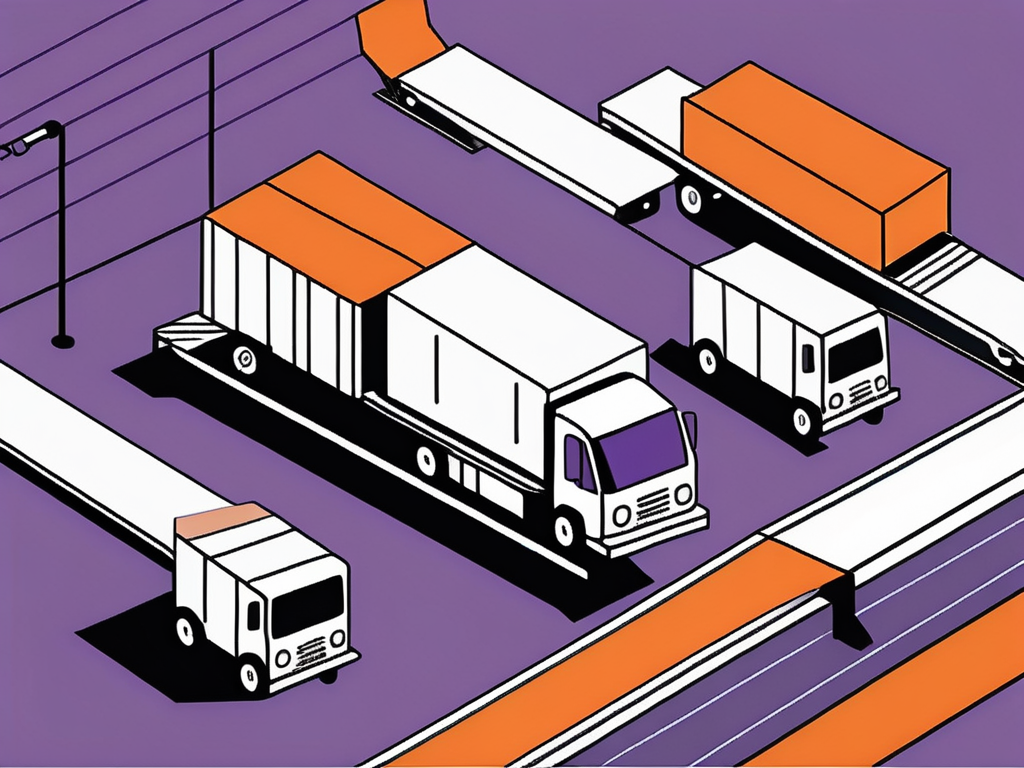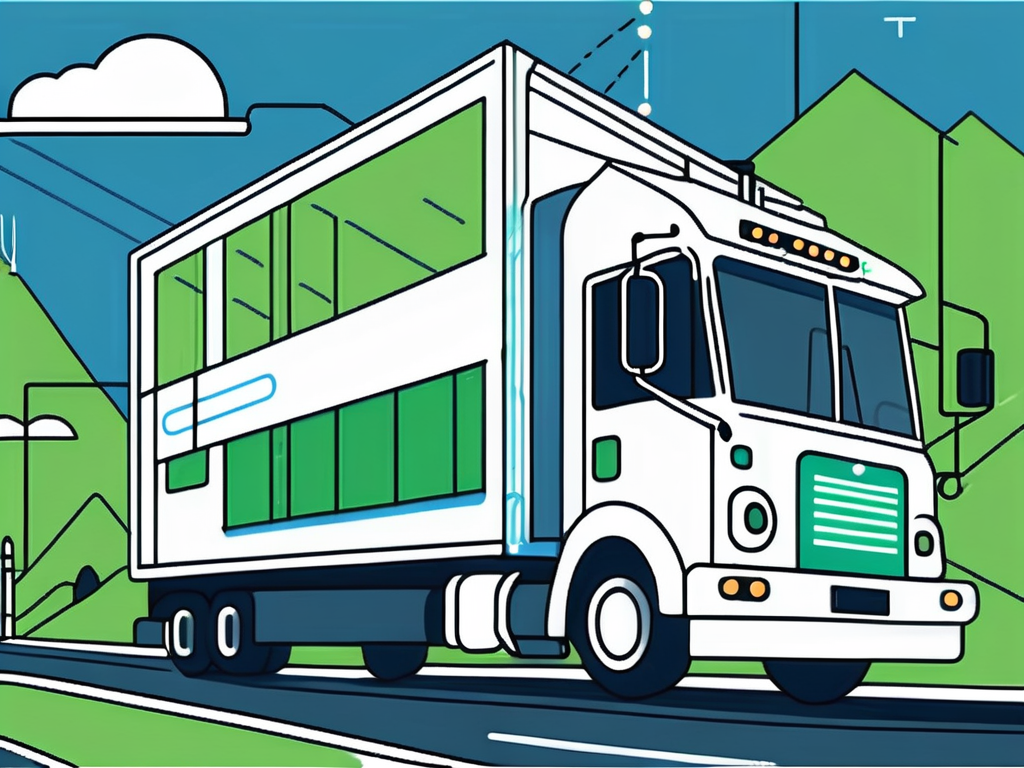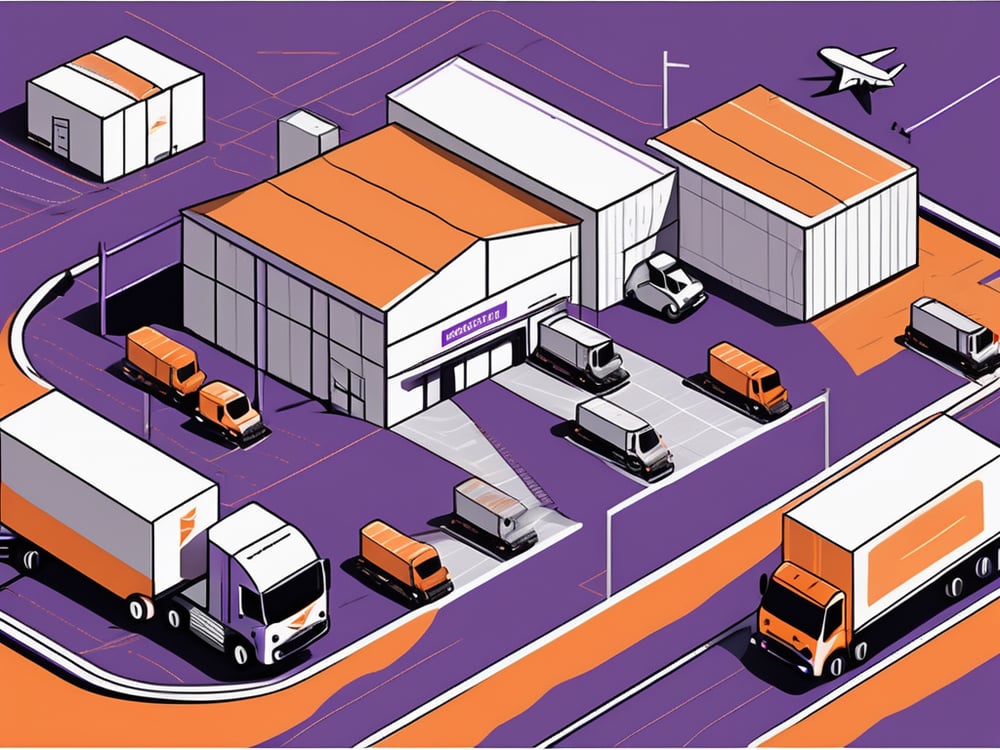Three million packages are lost each day worldwide. This shocking statistic highlights the complexities involved in package delivery, and it’s no wonder that occasionally our packages go back to the regional facility. Understanding the reasons behind this can help alleviate frustration and provide valuable insight into the Postal Service’s routing system.
Read on and learn about:
- Processing returned packages: Inspection and sorting
- Potential delays and their causes
- Steps to take if your package is rerouted
- How to track your package’s journey
- Common reasons for package rerouting
Table of Contents
ToggleThe Curious Case of Packages Being Returned to a Regional Facility EXPLAINED
When a package is returned to a regional facility, it undergoes a series of processes to ensure its proper handling and eventual delivery.
Returned packages play a crucial role in the logistics chain, providing valuable insights into potential issues that may arise during the delivery process. For e-commerce businesses handling frequent returns, having a reliable Shopify fulfillment service in place can help manage inventory efficiently and reduce the impact of returns on overall operations.
By carefully examining returned packages, postal service providers can identify common reasons for non-delivery, such as:
- Incorrect addresses
- Recipient unavailability
- Damaged packaging
This information helps them streamline their operations and implement measures to improve delivery efficiency in the future.
Processing Returned Packages
Upon arrival at the regional facility, returned packages are meticulously inspected to identify the reason for their return. The packages are then sorted and assigned appropriate codes for further action. Businesses looking to streamline their shipping process can benefit from pick and pack fulfillment solutions that minimize errors and improve accuracy. The staff at the facility works diligently to resolve any issues relating to address verification, delivery scheduling, or other potential obstacles.
In some cases, returned packages may undergo additional scrutiny, especially if they contain sensitive or regulated items. This extra level of inspection is necessary to ensure compliance with shipping regulations and to prevent the circulation of prohibited goods. Rest assured that these measures are in place to maintain the safety and integrity of the postal system.
Potential Delays and Their Causes
While the regional facility staff strives to minimize delays, certain circumstances can prolong the package’s stay. For example, if the issue causing the return is complex or requires additional information from the sender or recipient, it may take longer to resolve.
Additionally, peak periods, such as holidays or inclement weather, can contribute to temporary delays. Rest assured, however, that the Postal Service is actively working to address the situation and ensure your package reaches its intended destination as soon as possible.
During peak seasons, such as the holiday rush, returned packages may experience a higher volume of processing, leading to potential delays in re-routing or reshipping. To manage this influx, postal facilities often allocate additional resources and manpower to expedite the handling of returned packages.
Delays are often caused by peak periods, inclement weather, or logistical constraints. Understanding what does pending fulfillment mean can help clarify when a package is still being processed before shipment.
Steps to Take if Your Package is Rerouted
Discovering that your package has been rerouted back to a regional facility can be frustrating, but there are steps you can take to resolve the situation and ensure successful delivery.

When a package is rerouted, it can be due to various reasons such as an incorrect address, failed delivery attempts, or even transportation issues. Understanding the cause of the rerouting can help in determining the best course of action to get your package back on track.
Step 1: Contacting Customer Service
If you encounter a package rerouting, contacting customer service should be your first course of action. Reach out to the Postal Service’s helpline or visit their website to report the issue and provide the necessary information. The customer service representative will guide you through the next steps, which may involve providing updated address details or requesting redelivery.
Customer service representatives are trained to assist customers in resolving delivery issues efficiently. They have access to tracking information and can liaise with the appropriate facilities to help locate and redirect your package to the correct address.
Step 2: Requesting Redelivery or Package Pickup
If your package has been returned to a regional facility, you can often arrange for redelivery or schedule a pickup. This allows you to take control of the delivery process and ensure that your package reaches you in a timely manner. Simply follow the instructions provided by the Postal Service’s customer service representative or use their online tools to request the desired option.
Redelivery options may include choosing a specific date and time for the delivery to take place, ensuring that you are available to receive the package. Alternatively, you can opt to pick up the package yourself from the regional facility if it is more convenient for you.
How to Track Your Package’s Journey
Keeping track of your package’s journey can provide valuable insight into its whereabouts and potentially help you understand why it went back to the regional facility. The Postal Service offers various tracking tools to assist you.

When you send a package through the Postal Service, it embarks on a complex journey through various sorting facilities and transportation hubs before reaching its final destination. Understanding this journey can help you anticipate any delays or issues that may arise along the way.
Using Postal Service Tracking Tools
The Postal Service provides online tracking services where you can track your package using the tracking number provided upon shipment. These tools offer real-time updates on the package’s location and estimated delivery date. By monitoring your package’s progress, you can stay informed about any unexpected rerouting back to a regional facility.
In addition to online tracking, you can also opt for email or text notifications to receive updates on your package’s status. These notifications can alert you to any changes in the delivery schedule or provide important information about the package’s whereabouts.
Interpreting Tracking Information
Tracking information can sometimes be confusing, especially if your package has been rerouted back to a regional facility. However, by carefully examining the tracking details, you may be able to decipher the reason behind the rerouting. Look for any notifications about:
- Address issues
- Delivery attempts
- Weather-related delays
This information can provide valuable context and explain the package’s return to the regional facility.
It’s important to remember that package tracking is a valuable tool for both senders and recipients. By staying informed about your package’s journey and understanding the tracking information provided, you can ensure a smoother delivery process and address any issues that may arise promptly.
Postal Service’s Routing System
At the heart of the Postal Service’s delivery network are regional facilities. These facilities act as crucial hubs for sorting and distributing packages to their final destinations. When a package is rerouted back to a regional facility, it means that an unforeseen issue has occurred during the delivery process. Understanding what does order in transit mean can help clarify when a package is moving through different sorting centers before final delivery.
The Role of Regional Facilities in Package Delivery
Regional facilities serve as vital links between local post offices and major distribution centers. They act as key checkpoints where packages are sorted, consolidated, and sent onward. These facilities play a critical role in ensuring that packages are properly processed and dispatched for timely delivery. However, despite their efficiency, certain circumstances can lead to a package being rerouted back.
Common Reasons for Package Rerouting
There are various reasons why a package may be sent back to the regional facility. O
Reason 1:
One common occurrence is an incorrect address or insufficient address information. This can happen if the sender provides incomplete or inaccurate details, making it challenging for the delivery personnel to locate the recipient. In such cases, the package is sent back to the regional facility for further verification and clarification. Businesses can reduce misrouted packages by leveraging eCommerce fulfillment services that ensure accurate order processing and address validation.
Reason 2:
Another reason for package rerouting is a failed delivery attempt. This may happen if the recipient is not available at the time of delivery or if there are access issues to the delivery location. In such instances, the package is returned to the regional facility to be scheduled for redelivery or for the recipient to pick it up.
Reason 3:
Additionally, weather conditions, transportation disruptions, or unforeseen emergencies can force the rerouting of packages. These situations are beyond anyone’s control and necessitate the safe return of the package to the regional facility until it can resume its journey.
Reason 4:
Regional facilities also play a crucial role in handling packages that require special care or additional processing. For instance, fragile items or packages with specific handling requirements may need to be rerouted back to the regional facility to ensure they receive the necessary attention. This extra step helps to safeguard the integrity of the package and prevent any potential damage during transit.
Reason 5:
Regional facilities often have advanced tracking systems in place to monitor the movement of packages. In cases where a package is rerouted, these systems allow for real-time updates and provide valuable information to both the sender and recipient. This transparency helps to alleviate concerns and ensures that all parties involved are aware of the package’s status and the steps being taken to facilitate its successful delivery.
Navigate Package Rerouting with Confidence and Ease!
Regional facilities are the backbone of the Postal Service’s routing system. They serve as vital links in the package delivery process, ensuring that packages are properly sorted, consolidated, and dispatched. While package rerouting may occur due to various reasons, these facilities play a crucial role in addressing unforeseen issues and ensuring the safe and efficient delivery of packages to their final destinations.
Need personalized assistance? Get in touch with us today to discuss how we can streamline your fulfillment needs.






